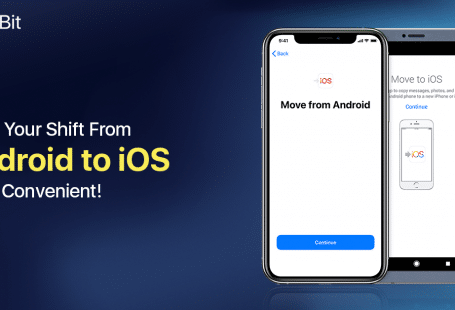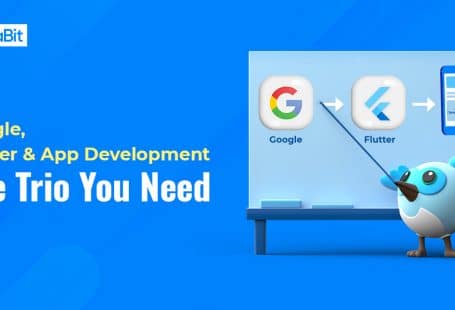With a handful of software development options available in the market, it’s crucial to select a suitable one for your product or business. The entire process of choosing a comprehensive technology like cloud-native development revolves around the project needs, availability of resources, etc. Thorough research and appropriate decision-making can help you make an impact in the market with your product idea.
The process is quite similar to making your favourite dish; all you need is to put all the ingredients in the right amount and cook it for an appropriate time. While in-app development, you need to use the advanced technologies appropriately and keep the development process straightforward. According to Statista’s latest report, the global cloud apps market’s value is expected to reach 166.8 billion US dollars by 2024.
Cloud-native computing takes the benefit of various advanced techniques, including multi-cloud, PaaS, agile methodology, microservices, CI/CD, DevOps, and containers. Here you will understand the benefits and efficiency of using cloud-native development.
What is Cloud-Native – Overview, History
Cloud-native is an efficient approach for building and running apps that exploits the benefits of the cloud computing delivery model. Cloud-native is about creating and deploying applications in a public cloud instead of an on-premises data centre.
Ten years back, the term cloud-native was coined by tech giants like Netflix, who leveraged the advanced cloud technologies, going from several mail-order services to one of the world’s most extensive on-demand content delivery networks.
With the phenomenal achievement of Netflix and their ability to deliver more functionalities faster to their customers, organizations want to know how cloud-native architecture has enhanced the popularity of Netflix over the years.
At its core, the main term cloud-native is a technique to improve the velocity of your product and technology to structure your campaign to take the benefits of the scalability and automation that cloud-native technologies such as Kubernetes.
Cloud-Native: Development and Architecture
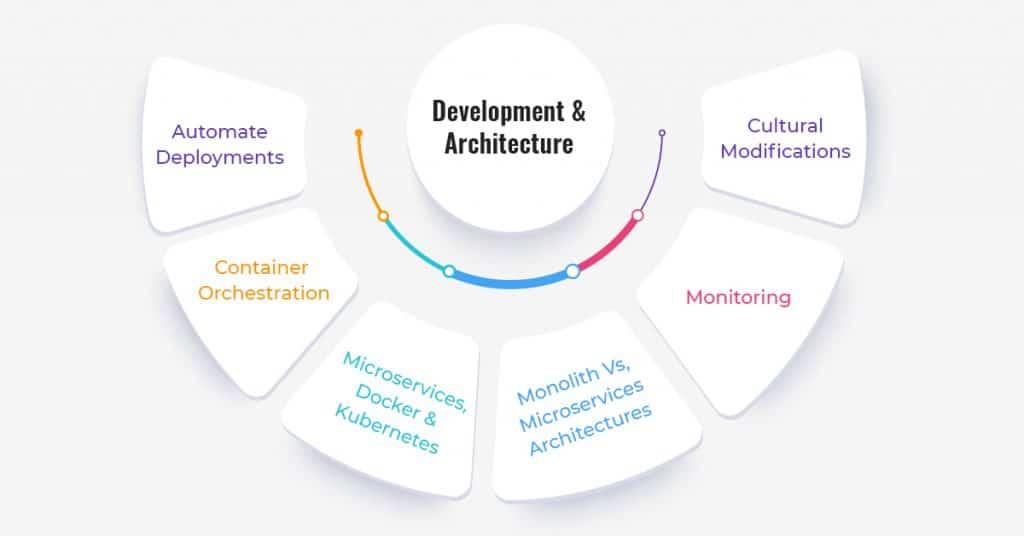
Monolith Vs, Microservices Architectures
The main problem with a monolithic architecture is that when some new functionalities are built and tested, it takes numerous efforts to deploy those modifications to development:
- Various teams need to coordinate their code modifications.
- Deploying numerous features all at once required a lot of functional testing and upfront integration.
- Development teams were under the restriction of using one or two programming technologies only.
The shift to microservices empowered Netflix product owners to deliver new features much faster to their customers.
Microservices, Kubernetes, & Docker
Docker containers confer themselves easily to microservices. By using your microservices in separate containers, all of them can be deployed distinctly and even in various languages, if you wish.
Containerization eliminates the risk of any conflict or friction between programming technologies, frameworks or libraries. Because containers are entirely portable and can operate in isolation from each other, it is quite simple to build a microservices architecture by using containers and moving them to a different environment if required.
Automate Deployments
With apps running in containers and orchestrated in Kubernetes, the following step is to automate deployments. A constantly automated feature-flow distinguishes DevOps from various other software development philosophies and exercises, such as the waterfall model in which the whole development follows an orderly sequence of stages.
Container Orchestration
Once you have a huge number of microservices all operational in Docker containers, you require an appropriate way to manage or orchestrate these containers to make sense as a functional app. This is where you require an orchestrator such as Docker Swarm or Kubernetes.
Cultural Modifications
The success rate of implementing DevOps best practices and cloud-native technology into your company relies a lot on the existing company culture. Making the real switch to cloud-native may be the finest part of your whole journey; getting those modifications to stick and taking them throughout your company could well be the toughest part of the entire process.
Cloud-Native Vs On-Premises Applications
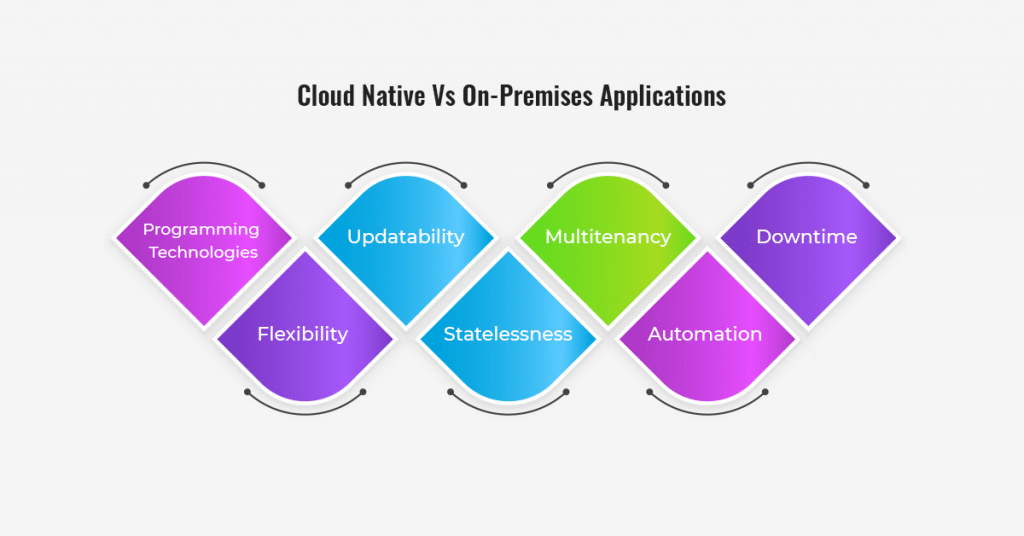
Programming Technologies
On-premises applications built to run on company servers tend to be built in traditional programming technologies, like C#, C/C++, and enterprise Java. Cloud-native applications are more likely to be built in web-centric programming technologies, like HTML, Java, CSS, JavaScript, Go, .NET, Node.js, Python, PHP, and Ruby. Development with modern programming technologies and platforms can help when you want to attract the best engineers to work at your company.
Flexibility
Cloud-native apps usually benefit from the flexibility of the cloud by flexing consumption, relying entirely on demand; On the other hand, an on-premises app would need the physical provisioning of additional infrastructure to scale efficiently. It also has cost implications, as the cloud enables you to pay only for what you utilize and avoid expensive overprovisioning of your infrastructure—most probably in theory.
Updatability
Every Cloud-native application is developed to be easily resilient, available, and regularly updatable. On the other hand, on-premises apps are usually updated once or twice a year with the help of a waterfall methodology. Cloud-native computing’s Updatability offers a productivity enhancement for the development teams to focus only on their competitive benefit and deliver the latest features to customers more frequently than ever.
Multitenancy
A cloud-native application has no issues working in an entirely virtualized space and sharing most of the resources with other apps with the help of a multi-tenant model. This comes up with a clear efficiency boost for your development team.
Automation
Cloud-native methodologies open up a wealth of automation opportunities for software engineers to develop once and move on to other more pressing or significant challenges.
Downtime
The cloud offers higher redundancy due to the scale and geographical spread of data centres managed by the hyper-scale cloud vendors, so outages can be better managed by quickly redirecting traffic to another region and avoiding costly downtime.
Statelessness
Cloud-native apps tend to be stateless in that they don’t carry over stored data from one session to another. This model brings the opportunity to scale easily across various servers, use less storage, cache more easily for a performance boost, and avoid that dreaded vendor lock-in by not being attached to a particular server.
Cloud-Native Development: Benefits for Enterprises
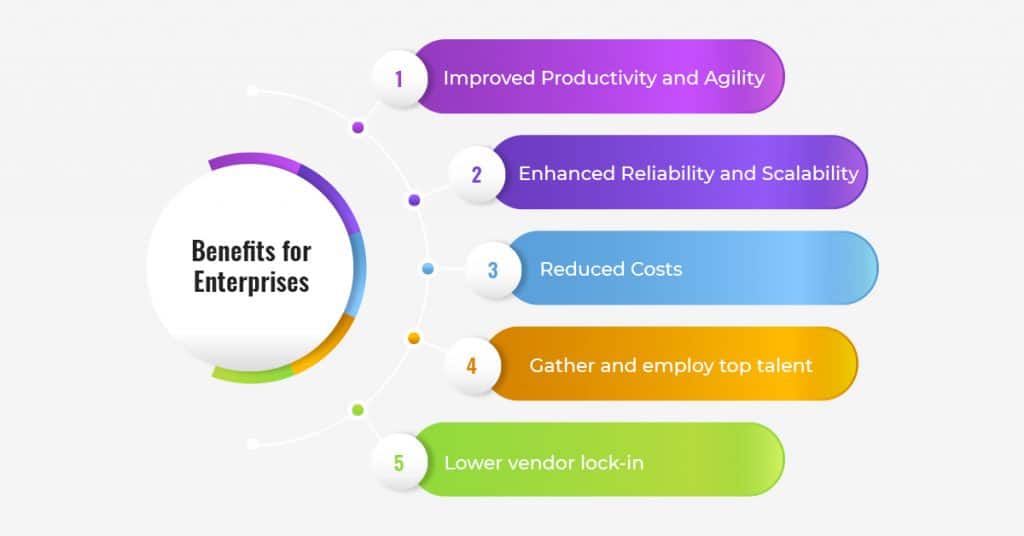
Improved Productivity and Agility
With DevOps and GitOps best practices, your development team uses fully automated continuous integration continuous delivery pipelines (CICD) for testing and pushing new code to production seamlessly. Enterprises can develop new ideas for production within a few minutes or hours instead of weeks and months, resulting in greater competitiveness and innovation.
Enhanced Reliability and Scalability
On-demand cloud bursting or elastic scaling offers near limitless scaling of computing, storage and various other resources. Enterprises can benefit from built-in scalability to match a demand profile without any need for additional infrastructure provisioning or planning.
DevOps and GitOps best practices provide product owners with a low-risk technique of reverting modifications, clearing the way for innovation. With the ability to cleanly roll back, recovery from disaster if a cluster meltdown is also faster. Extreme uptime guarantees mean there is a lot of competition in businesses.
Reduced Costs
Because cloud-native technology enables pay-per-use models, the economies of scale are passed through and shift spending from CAPEX to OPEX. This reduced barrier to entry for upfront CAPEX spending enables for more IT resources on development rather than entire infrastructure. In addition, the whole TCO/hosting costs will also be reduced.
Gather and Employ Top Talent
Working with cloud-native and various other cutting-edge open-source technology that enables you to move quickly and spend less time on infrastructure is appealing to product owners. Hiring top-quality developers result in high-quality products, and therefore more innovation for your app development. An added bonus is that some open source contributions can help establish your business’s reputation as a technology leader.
Lower Vendor Lock-in
Cloud-native offers you a choice of tools without being stuck with various legacy offerings. By taking benefits of multi-cloud compatible tooling wherever possible, cloud-native applications are highly portable and beyond the reach of predatory vendor pricing. You can migrate to alternate public clouds with enhanced product offerings or where compliance requires multi-cloud infrastructure.
Cloud-Native Development: Relation with DevOps
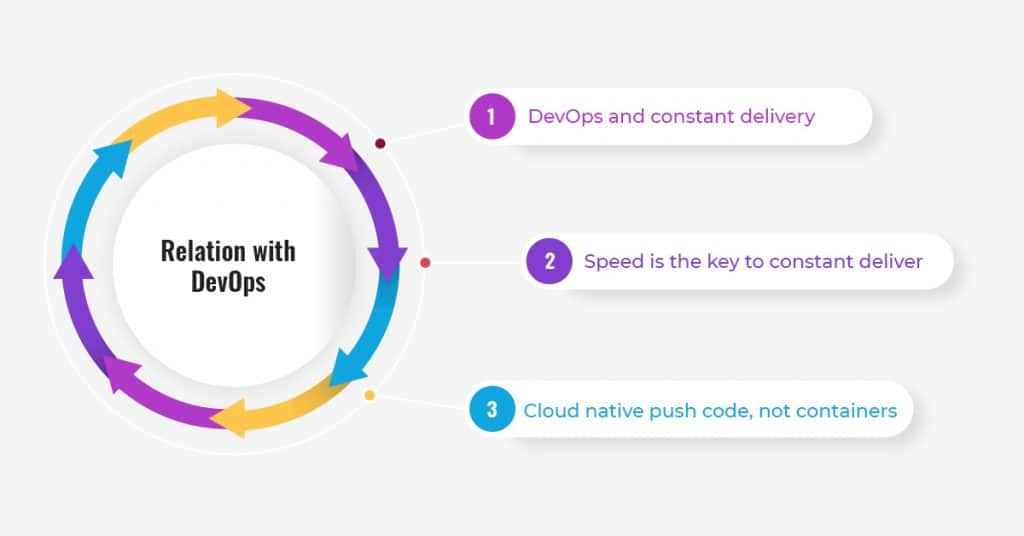
DevOps and Constant Delivery
Cloud-native has led us to an entirely new set of techniques and philosophies on pursuing software development, otherwise known as the cultural shift or DevOps. With a comprehensive set of tools, development teams will typically figure out new methods of utilizing them. This often happens with new generations of product owners coming with the latest sets of eyes and a spin on an old set of issues. In particular, various cloud-native technologies have led to the implementation of new continuous delivery tools and techniques that help you speed up development.
Speed is the Key to Constant Deliver
Kubernetes platforms that offer continuous delivery components (among others) allow speed and reduce the barriers to entry. Your development team can deploy changes throughout the day instead of quarterly or monthly with continuous delivery in place. Continuous delivery also provides a mechanism to roll back changes whenever required. With a constant delivery pipeline in place, development can apply modifications right from source code to production. Still, even more importantly, they also can revert and back out of the change just as quickly.
Cloud-native Push Code, Not Containers
Cloud-native lends itself well to GitOps style deployments. As an operating model for building cloud-native applications, GitOps unifies Monitoring, Deployment, and Management.
GitOps aims to accelerate development so that your development team can make updates and changes safely and securely to complicated apps running in Kubernetes. It does this with the help of tools and workflows that developers are familiar with.
Wrapping Up
This write-up regarding cloud-native development and its benefits would have given you a thorough understanding of how it enhances the productivity of businesses. Implementing such an extensive technology could help you achieve desired goals. All you have to do is keep the whole development process full of motivation and let your development team build impressive cloud-native apps with their best efforts.



